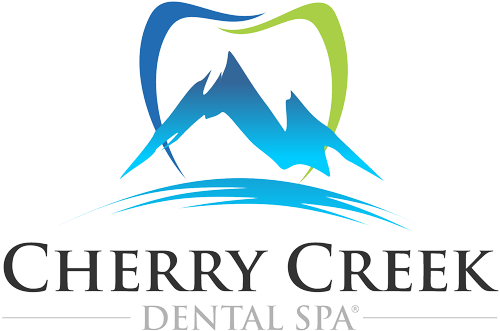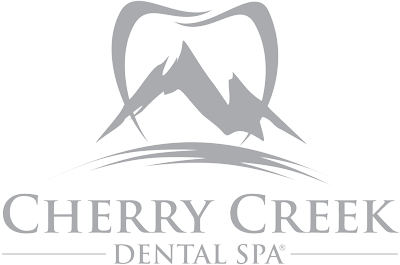5 Ways to Manage Your Dental Pain Without Narcotics
If you’ve ever suffered from dental pain, you know how agonizing and distracting it can be. The chronic pain of a toothache or aching gums can range from mildly annoying to unbearable. And while modern dentistry has certainly come a long way from its paleolithic roots of using flint tools, beeswax fillings and no anesthetic or numbing agents, there is often at least some pain associated with recovering from dental work, especially when it’s something serious like a tooth extraction, root canal or other major dental surgery.
In these acutely painful situations, it can be tempting to ask your dentist to prescribe you some percocet or vicodin to help you get through the worst part of the recovery, but the risks associated with taking opioids, even for a short period of time, can heavily outweigh the temporary benefits.
According to US Health & Human Services, 116 Americans die every day from opioid overdoses alone, and 80% of heroin users report that their addiction began with using drugs like oxycontin and hydrocodone. The opioid addiction and overdose crisis is getting worse every year, and medical providers (including dentists) are understandably becoming more and more reluctant to prescribe these drugs except in the most severe circumstances.
David Bell, CEO of USA Mobile Drug Testing, explains the magnitude of the situation:
“While use of other drugs has remained relatively steady over the years, the use of opiates has skyrocketed. Today, over 2 million Americans have a substance use disorder involving prescription pain relievers, and nearly 80% of heroin users reported misusing prescription opioids prior to heroin.”
Many of these people whose lives have been destroyed by heroin and other narcotics became addicted soon after they started taking these pills for pain management, which is why it’s best to avoid opioids and other narcotics for even temporary use, in all but the most extreme circumstances. In addition, the risk of injury or death from impaired driving, as well as side effects and interactions with other drugs, makes narcotics something to avoid if at all possible. And the path to recovery is long and intense, and often, addicts end up relapsing.That’s why it’s best to avoid the problem in the first place.
Thankfully, there are quite a few pain management options out there that allow you to stay away from those dangerous drugs. Most of these treatments can even be used together to achieve a synergistic effect:
1. Over-the-counter medicines
Probably the first thing that many people think of when it comes to non-narcotic pain relief is over-the-counter drugs like Aleve (naproxen sodium) and Advil (ibuprofen). These non-steroidal anti-inflammatory drugs (NSAIDs) can be very helpful in managing acute post-dental treatment pain. They are also inexpensive and have no risk of addiction, and the side effects tend to be tolerable for most users, although there is a risk of rare, severe adverse reactions.
NSAIDs work very well to relieve dental pain because they reduce inflammation in the affected parts of your mouth. In fact, according to a report published in the Journal of the American Dental Association, ibuprofen combined with an acetaminophen drug like Tylenol worked better than narcotics to reduce dental pain in patients who were recovering from tooth extraction.
There are also topical oral anesthetics like Orajel and Anbesol that are very effective in managing acute gum pain with very little risk of complications.
2. Herbs, spices and essential oils
People have been successfully using natural remedies to treat pain for as long as humans have been around. These various herbs, roots, oils and other treatments help with pain while having a considerably lower risk of adverse reactions than conventional medical options like narcotics and even over-the-counter drugs.
Essential oils such as clove oil, peppermint oil and thyme oil work as numbing agents while also having antimicrobial properties. Getting rid of harmful bacteria in the affected area reduces inflammation and pain, and also lowers the risk of infection. A drop or two of these powerful oils on a cotton ball can be applied to the affected area as needed.
Turmeric, ginger, garlic and cayenne pepper are all well-known for their inflammatory and antimicrobial properties. Just grind them up or get them in powder form and add some water to make a paste, put the paste on a cotton ball and apply it to the teeth and gums that are affected. You can even add a little raw honey to help with the taste, and it’s also antibacterial!
3. Ice packs and salt water rinses
One of the most common and well-known home remedies to deal with acute mouth pain is an ice pack or cold compress. Simply wrap the compress in a thin towel and hold it against your cheek outside of the painful area for a few minutes, or until it starts to feel a little numb. This helps to temporarily reduce the inflammation in the area, and is most effective when it is repeated a few times.
In between applications of the ice, you can put a ½ teaspoon of salt in a glass of water, sip enough to fill your mouth and rinse thoroughly for a few minutes. Do not swallow! The salt water rinse helps to keep your mouth clean and free of bacteria.
These remedies are both effective and have very little risk of adverse effects.
4. Meditation
Pain can make us feel frustrated, anxious and depressed, and those negative feelings tend to make the pain even worse. In addition, the pain that we feel comes from signals that our body sends to our brains.
Mindfulness meditation works to relieve the emotional distress from pain that can make it worse, and according to several studies by the National Institutes of Health it also works to actually reduce the pain signals to the brain.
The beauty of meditation is that the only potential side effects tend to all be positive: reduced stress, better clarity and a general feeling of peace.
5. Pulsed electromagnetic field (PEMF) therapy
The two most effective ways to relieve dental pain in the long term are to reduce inflammation and repair the traumatized parts of the mouth that are causing the pain. PEMF focuses on both of these actions.
PEMF therapists use pulsed electromagnetic field devices on patients to increase circulation in their capillaries and arteries, which in turn reduces inflammation and speeds up the healing process. Many people have used PEMF to successfully manage their pain without narcotics or other drugs.
Treatments involve exposure to PEMF for 20 minutes or less. They are painless and there have been no reports of serious adverse reactions.
No one enjoys dental pain, and these non-narcotic pain management options can help make the process of recovering from dental treatment a lot easier to handle, without the risk of addiction, overdose and other dangers associated with narcotics.


